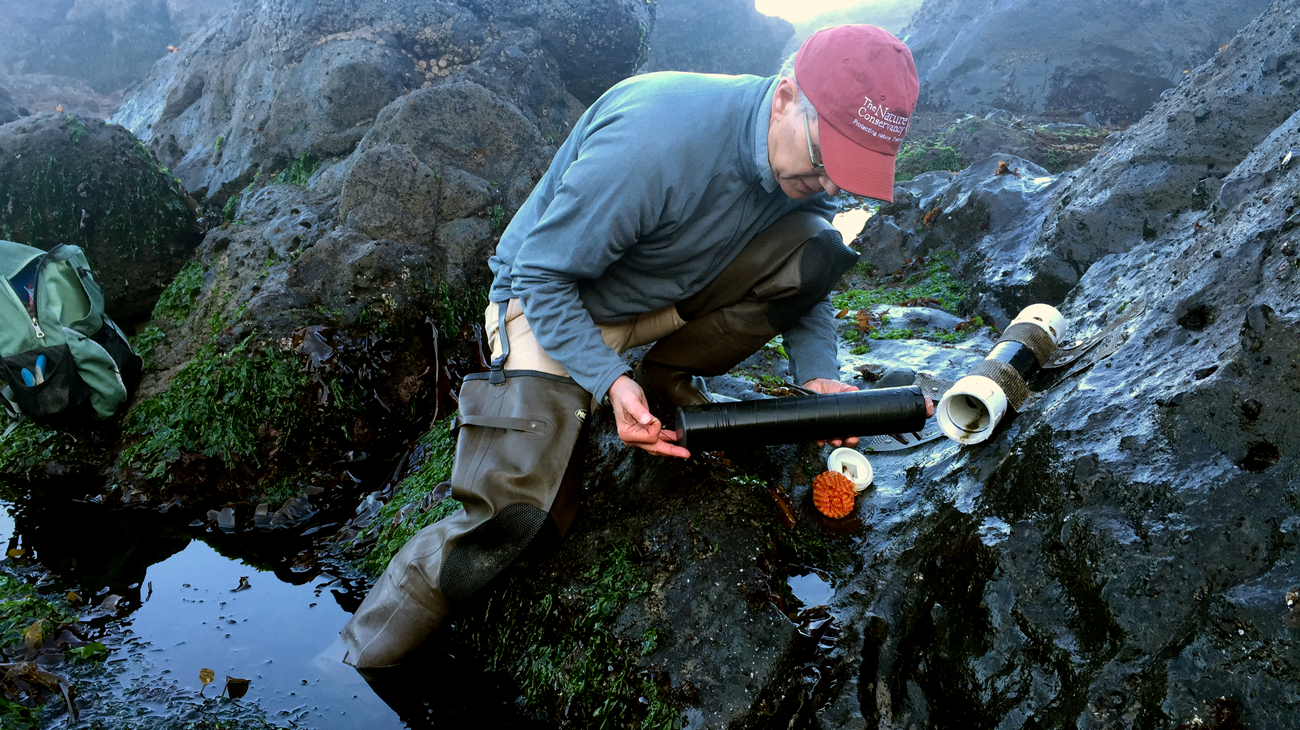Dick Vander Schaaf’s sense of place for Cascade Head started in his role as an ecologist for The Nature Conservancy. Soon thereafter he began developing a similar, albeit non-work related relationship, with Cape Falcon through his vacation time. Join us as we talk with the professional and recreational ecologist, and conservation advocate to explore his knowledge of the reserves, how he came to know these waters and their shorelines, and his continued connections with them.
By Guest Contributor Vaughn Robison
The Interconnected Protections of Dick Vander Schaaf’s Sense of Place
In 1983, a young ecologist from The Nature Conservancy stood atop Cascade Head and looked seaward. Dick Vander Schaaf had been hired to study the recently discovered silverspot butterfly, a threatened species that inhabits less than a handful of coastal headlands. As he recalls of his early work counting these insects, Vander Schaaf’s gaze was often interrupted by the expansive open ocean and stretches of rocky shoreline below. Coincidentally, effects of this shoreline were later discovered to support the butterflies’ critical habitat on the grassy headland above.
Since then, Vander Schaaf has seen this and other stretches of coastline change as they host dynamic populations of both human and non-human communities. He has also seen these stretches develop what are sometimes piecemealed protections intended to comprehensively conserve its ecosystems and their respective communities. These protections include marine reserves strategically positioned to interconnect with existing networks of protected areas on land.
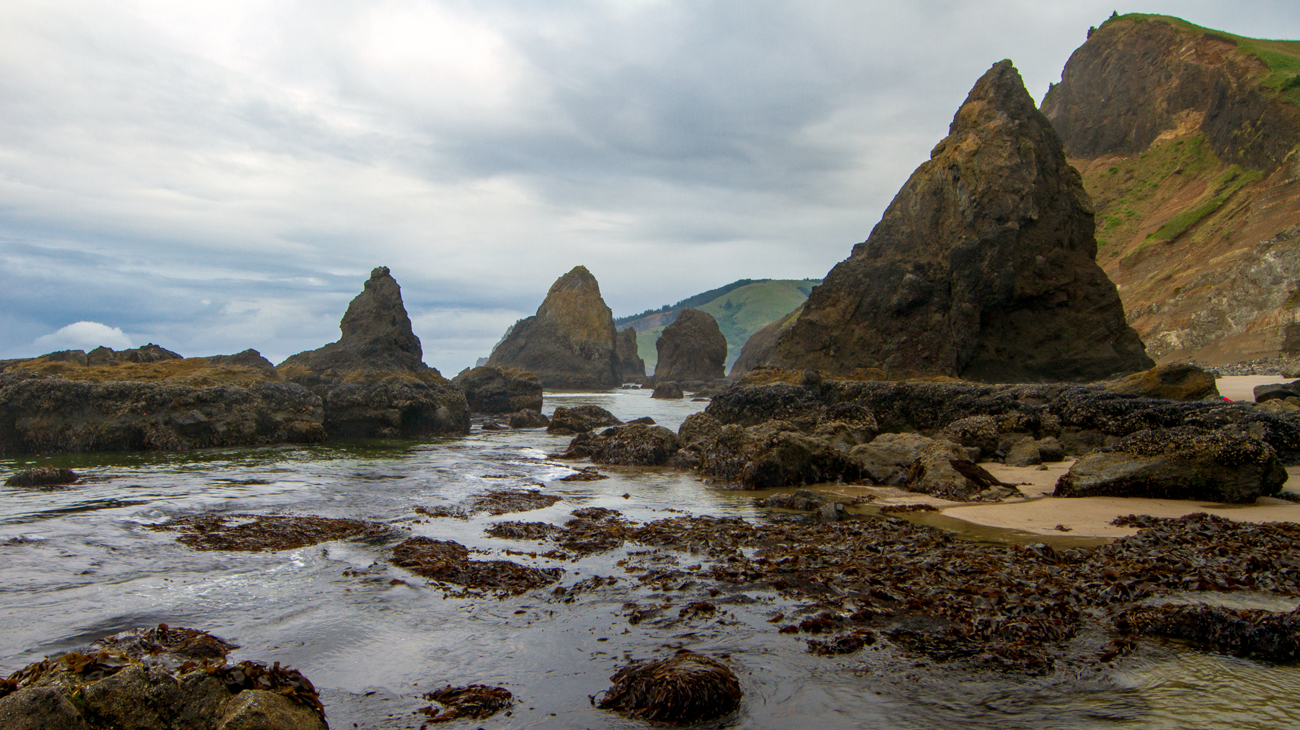
Vander Schaaf’s own vantage point of these protection has also changed, and cascaded down from one coastal headland to the intertidal zone of each of the state’s five marine reserves. While Vander Schaaf has performed work in each of these five locations, he suggests he’s most closely connected to those at Cascade Head and Cape Falcon.
As he describes, Vander Schaaf attached himself to these areas in two ways. First, as a professional ecologist whose work has grown to encompass a variety of ecosystems. Second, on breaks from work at his family beach house directly adjacent to Cape Falcon. Here, he refers to himself as a recreational ecologist who has left no stone unturned while exploring the stretch of shoreline of Short Sand Beach in his downtime since the early 1990s.
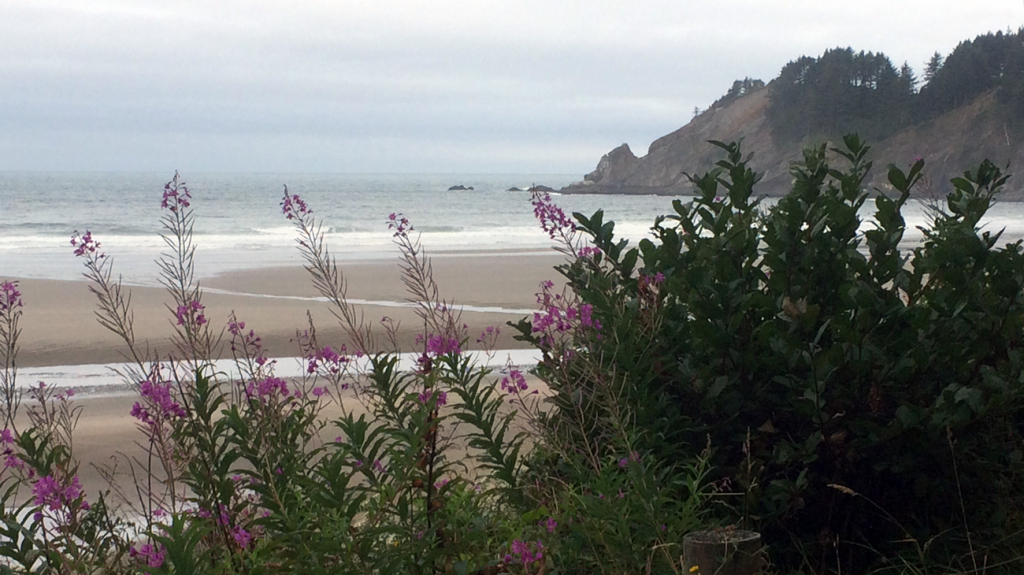
The connections he developed along both shorelines, he explains, supplement one another. They are further fueled by his constant state of learning that paired with his presence in these places throughout the seasons and the years.
“I spend time in them,” he says simply of how he came to know these two locations so intimately. “What has really informed my knowledge of them is putting in time at these sites, both professionally and personally from a recreational standpoint.”
For Vander Schaaf, these professional and personal roles include “Participating with other researchers who are doing work, asking questions, and volunteering.” Despite being a tenured ecologist, Vander Schaaf explains of his collaboration and volunteerism, “I do that to this day.”
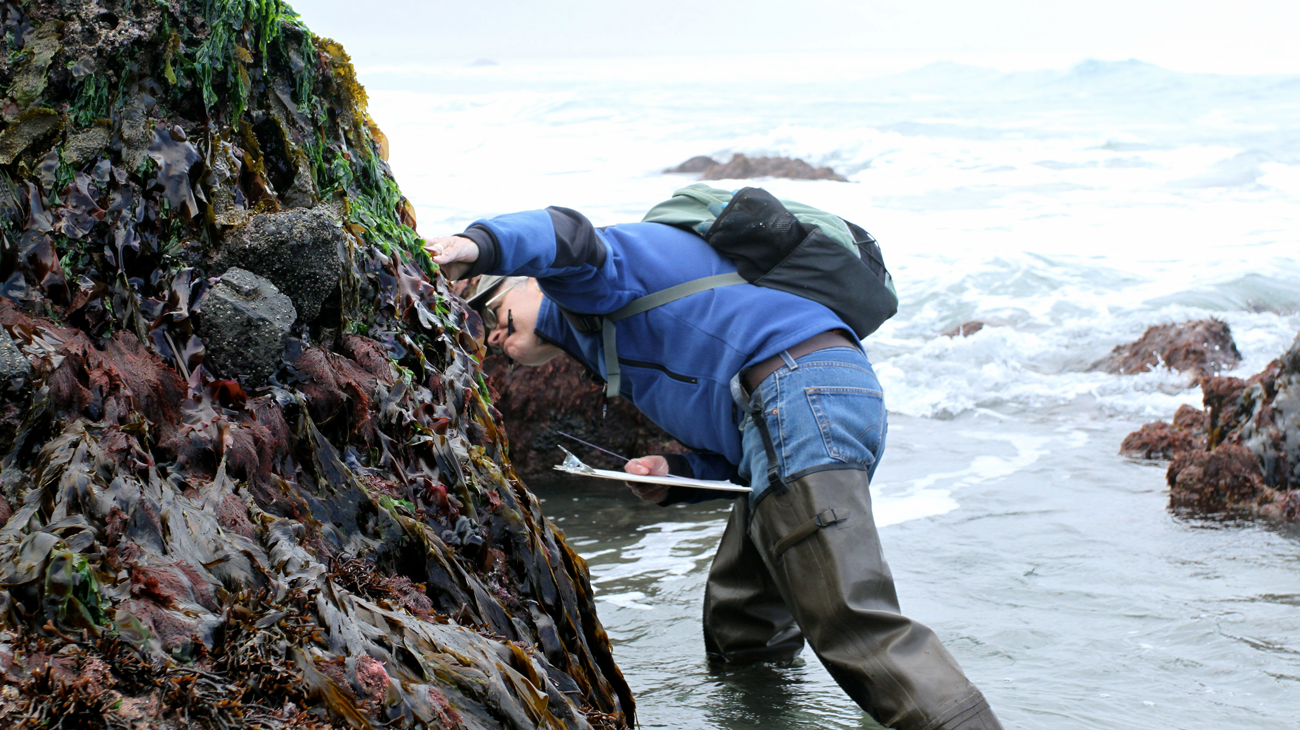
The boundary between Vander Schaaf’s professional and personal roles continues to blur as he recounts his time spent developing what he describes as a strong affinity for these sites. “I work with other people who are much more knowledgeable than I am on various studies, and I’m usually the lowest level of worker on these things, like holding the tape measure if you will” he continues “And even though I’m clearly the oldest person there, I’m still learning these systems. Obviously when you work on the shoreline, it’s never ending, and it’s really fun.”
With that, it’s hard to determine just where his vacation time ends and his various field seasons begin. His roles in the reserves may be just as interconnected as the protections that developed within them as they connect to existing protections at their boundaries.
Before its designation as a marine reserve, Cascade Head was already encompassed by a nature preserve and a biosphere. Somewhat similarly, Cape Falcon had Oswald West State Park adjacent to its shoreline.
“There was always something that was missing,” Vander Schaaf says of the disconnected protections at the intersections of these ecosystems. “There wasn’t this level of protection in the ocean.”
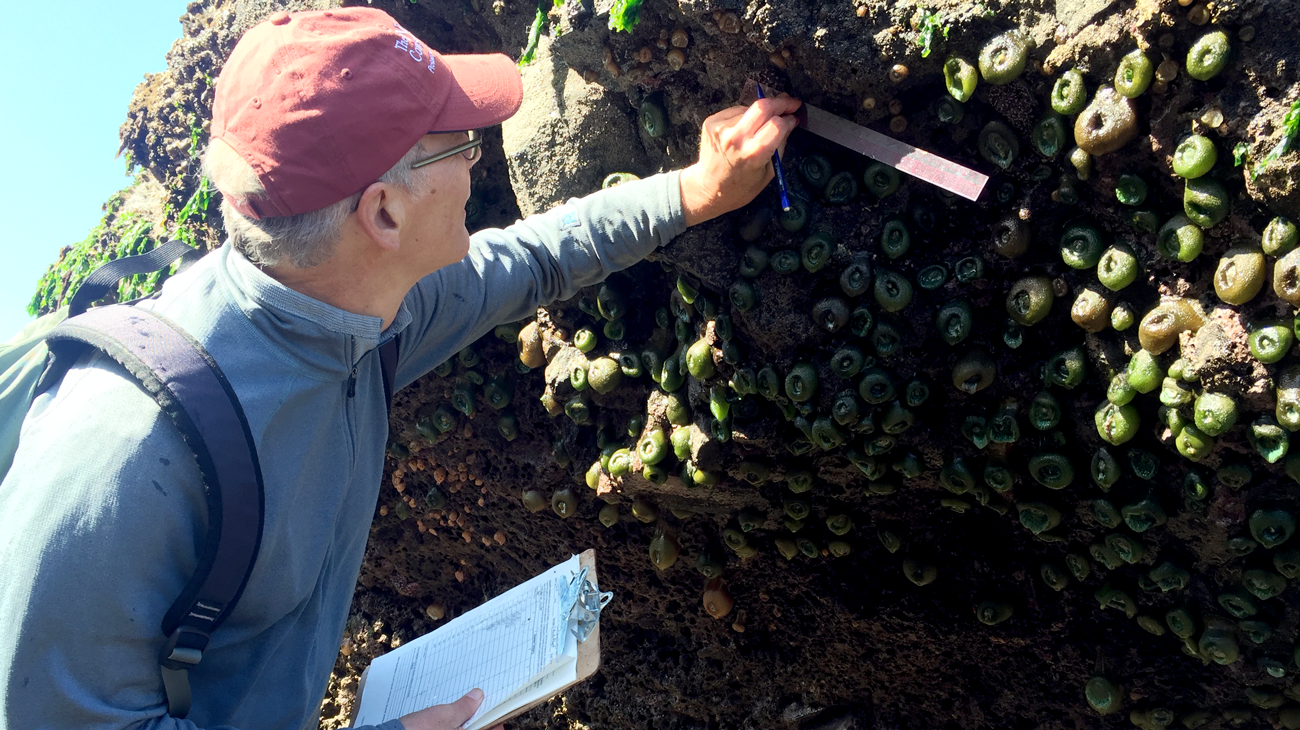
Vander Schaaf elaborates on not only the conservation values that some may consider inherent to these protections, but also his social values for them and the feelings they produce.
“You know, the one thing I always say to people is that a site that has a certain level of protection has a different inherent feel to it,” he says of his feelings for these areas even prior to their status as marine reserves. “Knowing both these sites personally and for years before they were designated as such, really did give me a much different appreciation and feel for them that is almost hard to describe.”
Vander Schaaf’s appreciation for the place helped secure the missing marine protections he previously mentioned. He was heavily involved in the process that drew upon the expertise of different stakeholder groups to determine the size and site location of Cape Falcon Marine Reserve. The process also integrated each parties’ emotional attachments to the proposed areas in ways that were challenging to navigate and manage. While Vander Schaaf mentions that few parties were completely satisfied with the process or the end result it produced, he notes there was good, honest work that was performed to create the marine reserve that exists today.
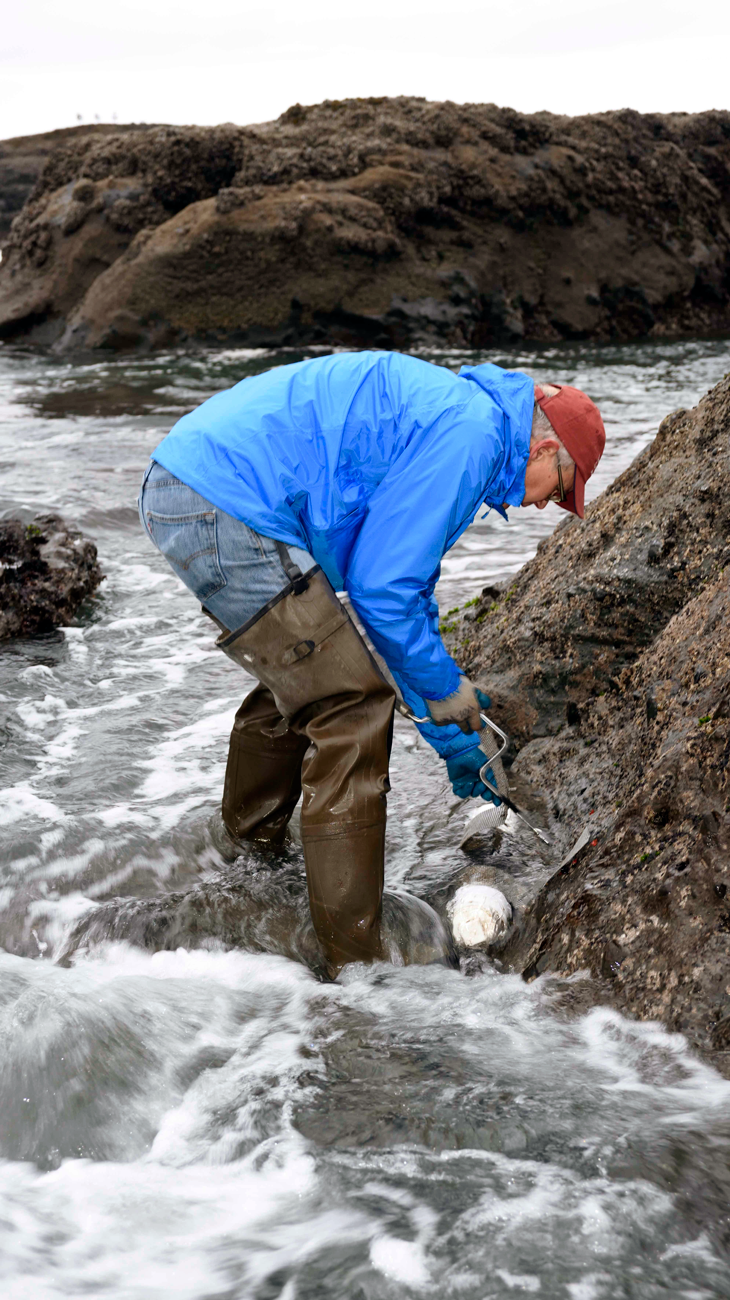
“I have to be honest, it felt good,” he says of the final designation of Cape Falcon Marine Reserve. “Clearly there was a feeling of achievement that the sites were designated. There was, personally, certainly a feeling of satisfaction that there were compromises made on both sides and some learning that was done as well. So I think knowing that there were good honest efforts put forward was really important for me to see.”
Vander Schaaf reflects on returning to perform his work as an ecologist at Cascade Head and Cape Falcon following their formal designations as marine reserves. He mentions a compounding layer of feelings produced by the protections that now encompass both land and sea and the connections between them.
“I remember going to these sites afterward and they did, honestly, feel different. There was a certain feeling of accomplishment” he said. “Just knowing there is a certain level of protection in these nearshore waters, it’s a real feeling of satisfaction. And not just because of the fact that conservation was achieved at these sites, but rather because you’re experiencing this level of protection that extends into the future, and maybe into perpetuity.”
Vander Schaaf is also quick to recognize the importance of protecting these places in perpetuity from his vantage point as an ecologist. He mentions that the satisfaction of the social values he feels also translates to a scientific value. Each time Vander Schaaf returns to a reserve, he contributes to monitoring the long-term impacts of protecting its intertidal areas and other changes that occur.
“It’s a really good feeling knowing that although each individual collection of data is a small, miniscule aspect of the whole thing,” he says of each trip, “but the way it adds and contributes to the overall longevity of the data on these things is really important.”
He notes that the frequency of returning to these now protected places also improves his work as an ecologist.
“Learning about these sites, it takes a while to become familiar with these areas, but we become better at our work and more thorough” he notes of learning the nuances of each location and applying it to his next trip to the area. “It’s an additive experience, an additive exercise.”
“And that’s one of the joys of continuing this work in these places for me for as many years as I’ve been doing it,” he finishes.
Whether professionally or personally, or at the intersection of the two, there’s no doubt that Vander Schaaf’s presence along the protected shorelines of Cascade Head and Cape Falcon marine reserve will remain far into the future.
